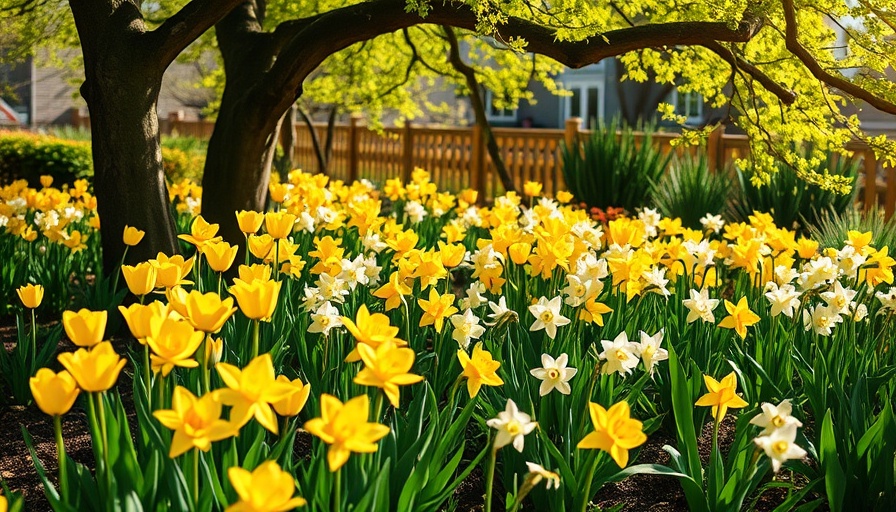
Understanding Average UK Energy Bills
In today’s eco-conscious world, understanding your energy bills is essential, especially for homebuyers, sellers, and property investors in the Dumfries market. Energy bills are influenced not just by consumption but also by how energy-efficient a property is. The average energy bill can vary dramatically based on a home’s Energy Performance Certificate (EPC) rating, which ranges from A (most efficient) to G (least efficient).
The Financial Impact of Energy Efficiency
According to recent data, properties with a higher EPC rating incur significantly lower energy bills. For instance, a 3-bed semi-detached house with an EPC rating of D has an average monthly energy bill of about £211, amounting to an annual cost of £2,536. Conversely, a similar property with an EPC rating of A can keep energy costs as low as £438 per month. This demonstrates a clear financial incentive for both current homeowners and prospective buyers to prioritize energy efficiency when searching for properties.
Current Average Energy Bills by Property Type
A look at various property types shows just how much energy bills can fluctuate depending on size and efficiency. Here’s a brief overview:
- 1-bed flat: EPC A - £495; EPC G - £3,884
- 2-bed flat: EPC A - £475; EPC G - £4,895
- 3-bed semi-detached: EPC A - £438; EPC G - £5,541
- 4-bed detached: EPC A - £604; EPC G - £8,523
- 5-bed detached: EPC A - £734; EPC G - £10,487
Clearly, as homes become larger and less efficient, annual energy bills climb. It’s crucial for buyers and investors to note these figures when considering the overall cost of homeownership.
Where to Find Your Home's Average Energy Bill
Every home has an Energy Performance Certificate that provides an estimated annual cost for heating, lighting, and hot water. This certificate gives buyers a snapshot of expected energy expenses when considering a property’s balance sheet. It’s advisable to consult this certificate during the home-buying process, as it incorporates factors like the condition of windows or insulation that can drastically affect energy consumption.
Future Trends: The Shift Towards Greener Homes
As the UK moves towards achieving net-zero carbon emissions, buyers are increasingly leaning towards energy-efficient homes. There’s an emerging market trend where homes with cleaner energy profiles are not just preferable but also financially rewarding. This shift not only mitigates the energy crisis but also supports governmental targets relating to sustainability.
Your Next Steps as a Buyer or Investor
As you venture into the property market, using the energy bill data to shape your investment strategy could yield significant savings. Here are some actionable insights:
- Assess EPC ratings critically when viewing properties; they provide essential insight into potential energy costs.
- Investigate opportunities to enhance energy performance in homes you purchase, which could increase value and appeal.
- Stay informed about upcoming government regulations related to energy efficiency, as these can directly affect property valuations.
Understanding energy bills not only helps in making informed decisions but also fosters a commitment to sustainable living. By prioritizing energy efficiency, you can lower costs and contribute positively to the environment.
To take advantage of this critical information and make sound investments in the Dumfries property market, consider consulting with real estate experts and using property resources effectively. Your next home could be a smart investment towards a greener future.
 Add Row
Add Row  Add
Add 





Write A Comment